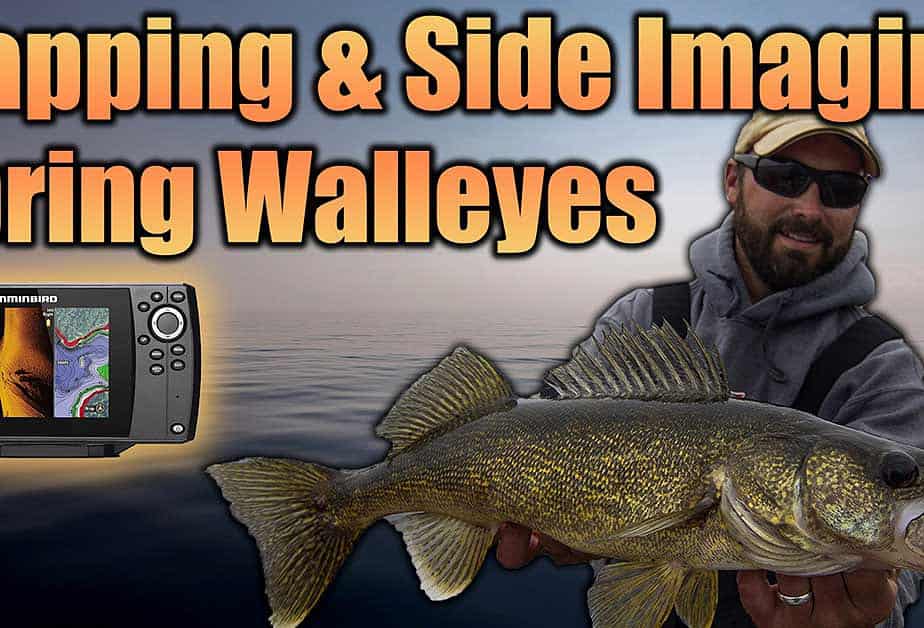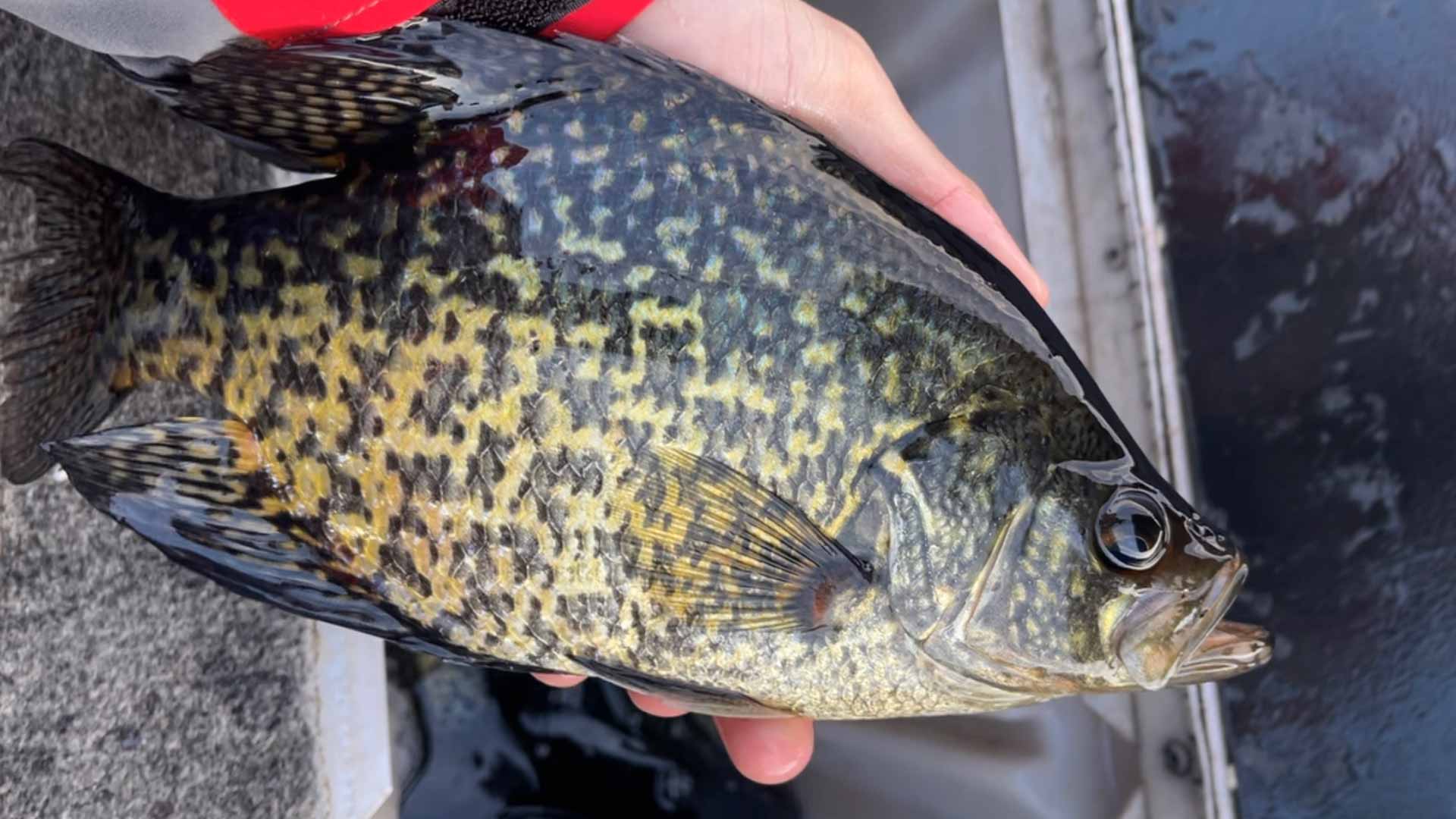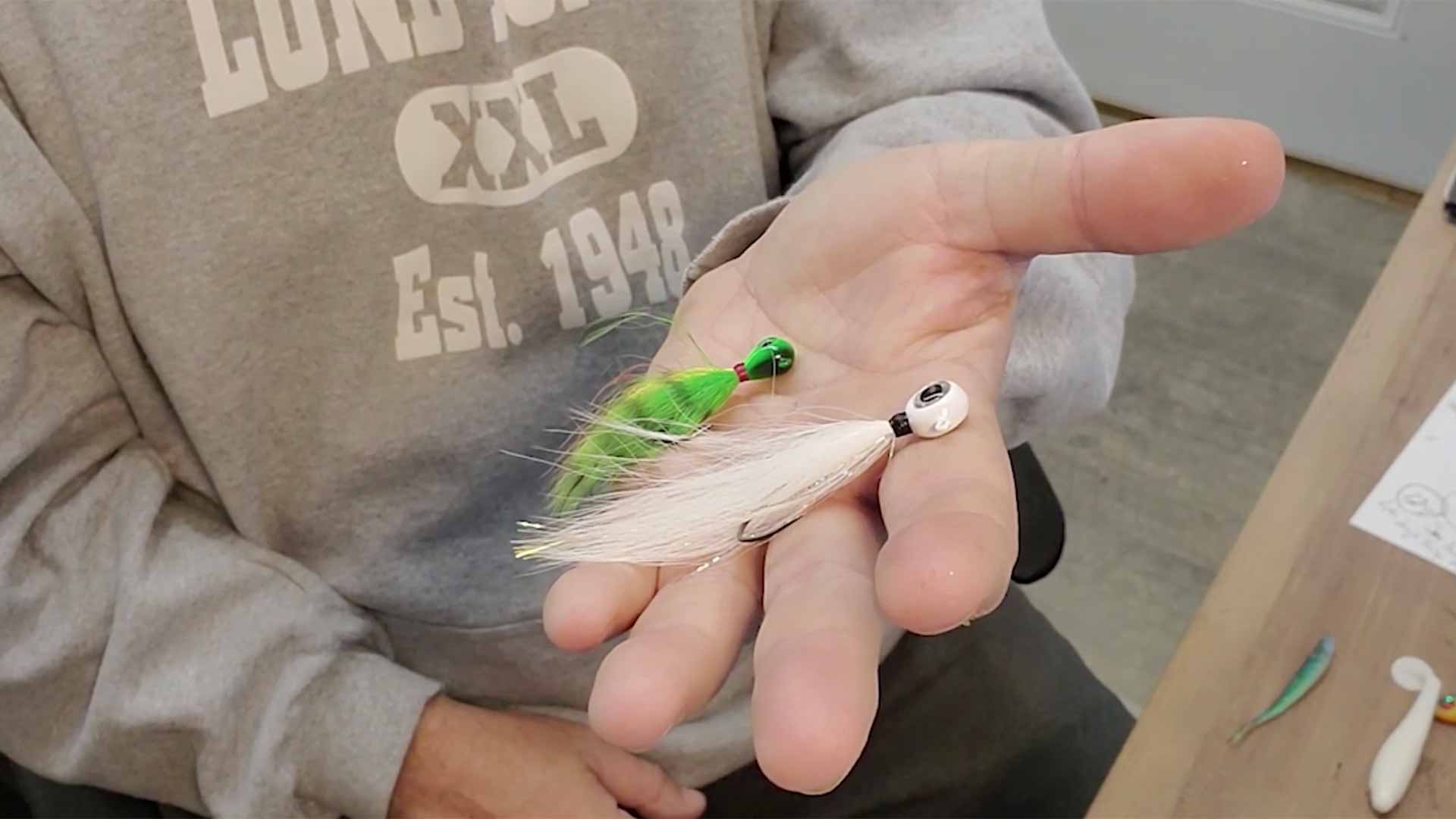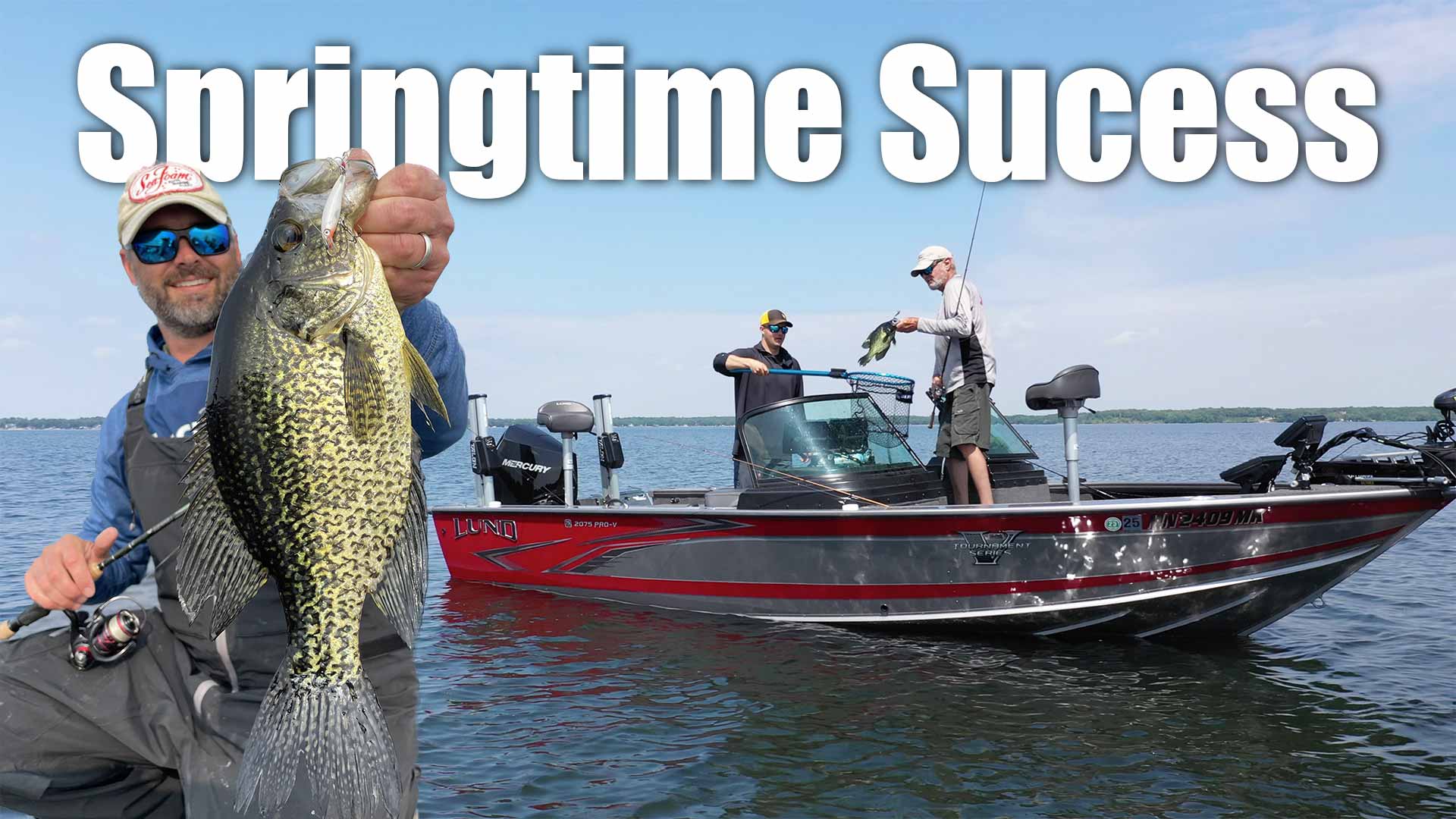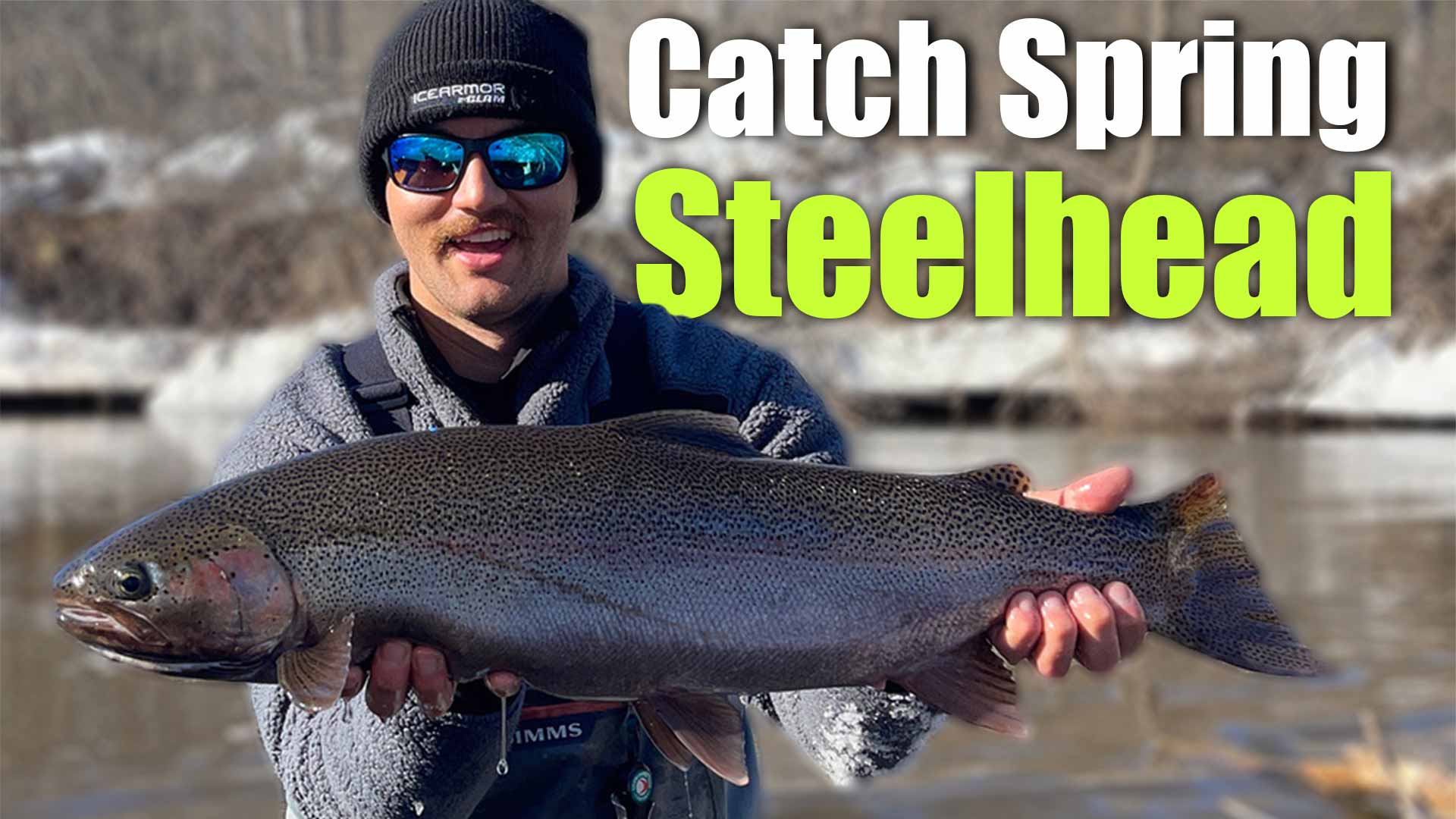Spring Walleye Location – Mapping & Side Imaging
Electronics are a huge factor in determining spring walleye location. One of Al Lindner‘s favorite mapping features on his Humminbird unit is “depth highlight”. It’s really useful in a number of situations, especially when he’s chasing down weed walleyes.
For example, let’s say most of the walleyes you’re catching on a given day are in developing weeds, and you’re finding the best green weeds in that 8 to 10 foot zone. What you can do is highlight that exact depth range so it’s shaded green on your contour map.
The depth highlight feature makes it extremely easy to identify where the largest weed beds are on these flats around the entire lake, which can be a key factor in spring walleye location. Interestingly, this technology did not exist a few years ago and has unquestionably helped us speed up the process of finding large schools of weed walleyes.
The same strategy can be deployed for a number of species of fish in deep and shallow water. You can user it to quickly identify large spawning flats for largemouth bass, smallmouth bass and panfish. It’s a great visual tool to improving your boat control as you’re cruising down a break line, either casting or trolling.
In spring of the year, you’ll often see walleye and smallmouth bass using the same structures at the same time – they truly go hand-in-hand in the waters where they coexist. Better understanding the capabilities of your mapping technology will help you identify the key characteristics of your favorite hot spots and replicate that pattern across the lake to find your new favorite fishing hole!

While mapping has come a long ways in recent years, sonar technology has continued to improve, too. Another cool feature on Humminbird units is a something known as “SwitchFire”.
Many anglers use one depth range and display mode on their electronics and they never change, despite a wide range of conditions. Advanced technology, however, puts enhanced signal interpretation at your finger tips with a simple push of a button. When the SwitchFire feature is in Max Mode, you can clearly spot large targets like gamefish, yet still see tiny subsurface objects like baitfish in great detail, and those all-important transitions from a hard to soft bottom.
Clear Mode, by comparison, provides easy viewing in shallow water and reduces clutter in rough conditions where turbulence, suspended particles or algae blooms confuse ordinary signal reception. Simply put, SwitchFire provides incredible fish finding detail in virtually any fishing condition.
[/et_pb_text][/et_pb_column][/et_pb_row][/et_pb_section]
